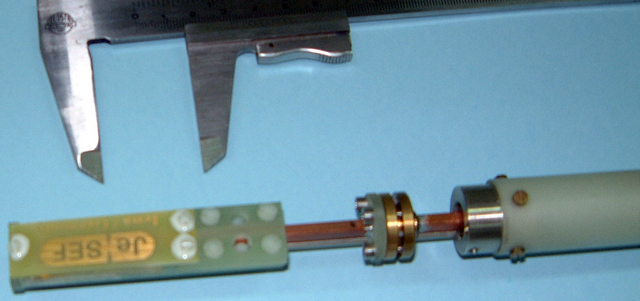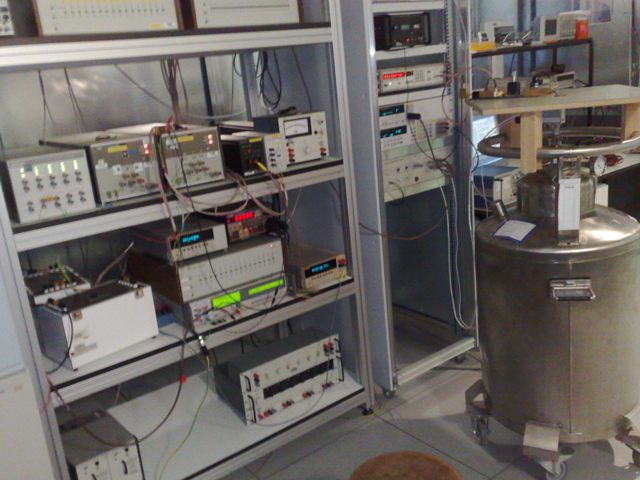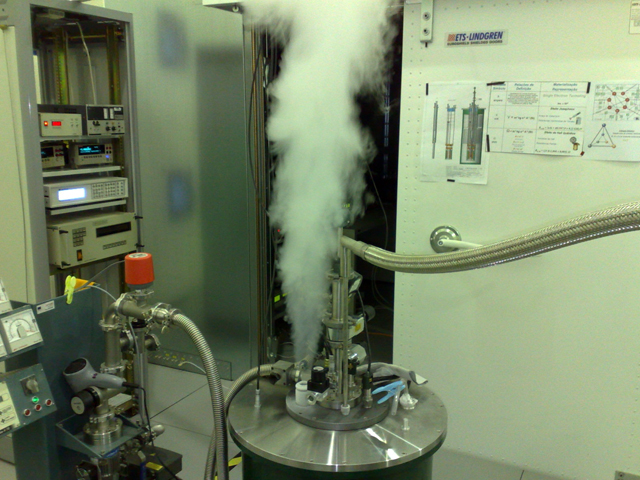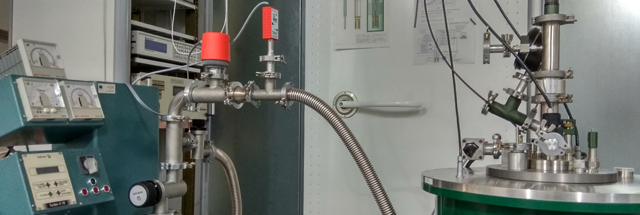
ELECTRICITY AND MAGNETISM
The Electricity Laboratory has the mission to materialize, maintain and disseminate the units of DC Voltage and Current, DC Resistance, AC Voltage and Current and Impedance, as well as the development and implementation of new methods and measurement capabilities.
In the frame of its activities has as its main concerns:
- Assure the traceability of electrical units allowing its dissemination in a national level;
- Participate and coordinate I&D projects and interlaboratory comparisons;
- Support technically the legal metrology.
The areas of activity for which it has international recognition, are:
-
- DC voltage, for the calibration of voltage references of discrete values up to 10 V, voltage dividers, high and high accuracy calibrators and multimeters. These can be characterized in their most sensitive measurement ranges, specifically in determination of gain and linearity;
- Alternating voltages and currents, in AC-DC transfer mode, in the frequency range 10 Hz to 1 MHz up to 100 V and up to 20 A;
- DC resistance, for the calibration of resistors, ohmmeters and calibrators in the range of 0.01 mΩ to 1 TΩ;
- Capacitors, for the calibration of reference standards between 1 pF and 1 µF.
In an advanced stage of obtaining international recognition:
-
- DC currents between 200 fA and 10 A;
- Inductances;
- Alternating voltages and currents in absolute value.
Get to know here ongoing projects.
The ampere, symbol A, is the SI unit of electric current.
It is defined by taking the fixed numerical value of the elementary charge e to be 1.602 176 634 × 10−19 when expressed in the unit C, which is equal to A·s, where the second is defined in terms of ∆νCs
Derived Units
See here
DC Voltage and Josephson Effect
The DC voltage unity is reproduced by the Josephson Effect experimental system which allows the materialization of the volt as an intrinsic standard, only dependent on the fundamental constants.
The implemented system is based on Josephson arrays and uses the accepted international value of the Josephson constant KJ = 2e/h = 483 597,848 416 984 GHz·V¯¹with the capability to generate values up to 10 V.
DC Resistance and Quantum Hall Effect
DC resistance national unity is maintained by a group of standard resistors with nominal value of 1 Ω and 10 kΩ, which traceability is obtained by interlaboratoty comparisons, performed with BIPM.
The quantum Hall effect implementation allows the materialization of the resistance unity in terms of an intrinsic standard allowing the determination of the instability and drift with time of the conventional standards and the unity value in the SI and to obtain the traceability to the National Standards using the adopted value to the von Klitzing constant, Rκ = h/e²= 25 812,807 459 304 5 Ω.
AC Voltage and Current – AC-DC Transfer
The AC voltage and current measurements at the low frequency range (up to 1 MHz) are based on the use of AC-DC transfer devices, ideally, with the same behavior on AC and DC. Sets of multi-junction thermal converters associated with resistors and shunts are the national base of AC Voltage and Current measurements.
Impedance
Capacitance: The national reference of Capacitance is based on high precision standard-capacitors, which values are traceable to BIPM, on a bi-annual scheme. It is available a calibration service for Standard-Capacitors with dielectric of several materials, including fused-silica, dry-nitrogen, air and mica.
Inductance: The national base for Inductance measurements (the Henry and its submultiples) uses as reference a group of standard inductors, calibrated with an automatic bridge and assuring reduced uncertainties.
External document:
Mise en pratique for the definition of the ampere and other electric units in the SI.
Luís Ribeiro
Tel.: +351 212 948 161
E-mail: lribeiro@ipq.pt
Vitor Cabral
Tel.: +351 212 948 389
E-mail: vcabral@ipq.pt








